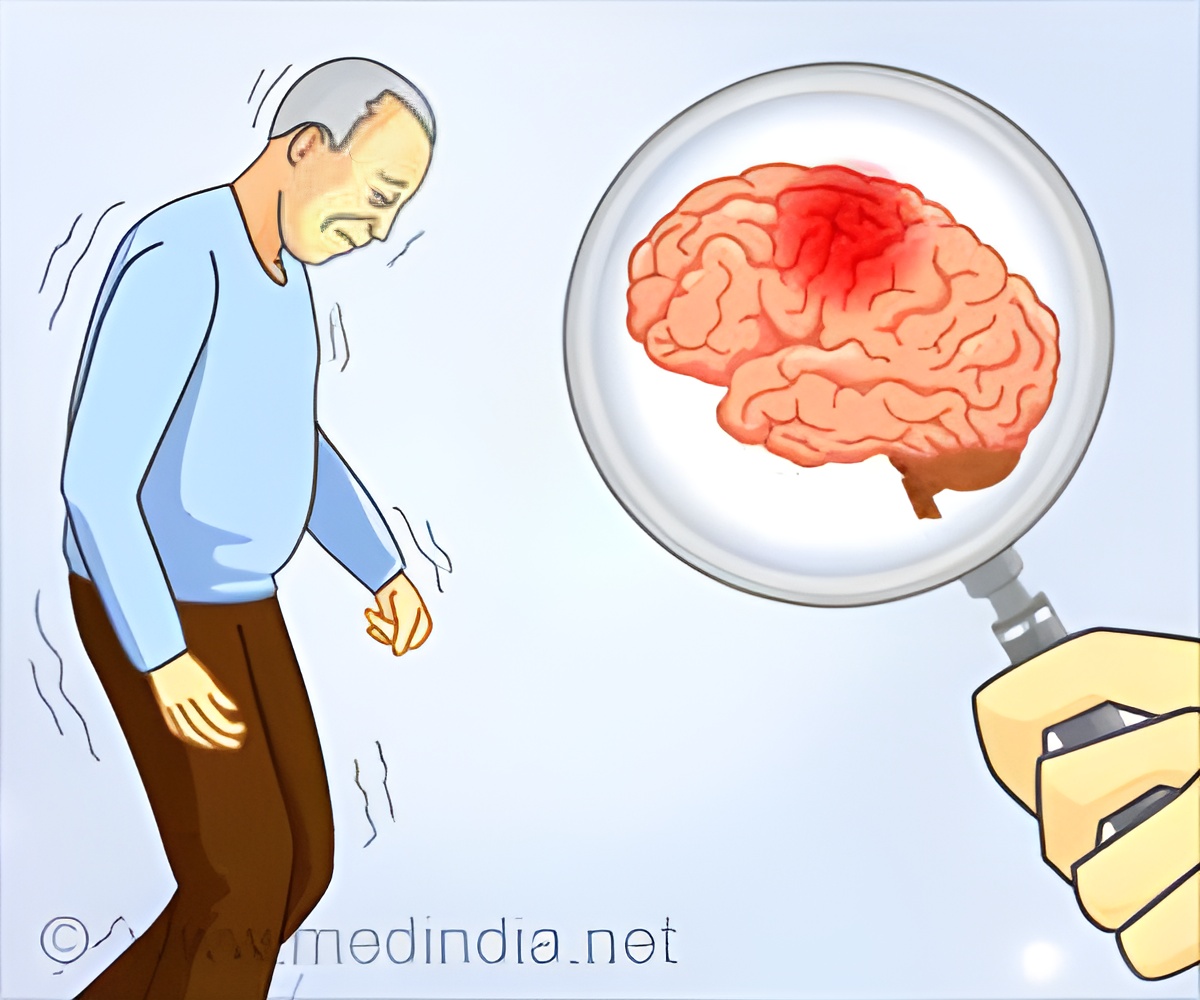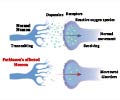Micro and nanoplastics in the environment were found to pose a new toxin risk for Parkinson’s disease, said researchers.

Anionic nanoplastic contaminants promote Parkinson’s disease-associated α-synuclein aggregation
Go to source). In a Duke-led study appearing in Science Advances, the researchers report that the findings //create a foundation for a new area of investigation, fueled by the timely impact of environmental factors on human biology.
Unraveling Parkinson's: Exploring Environmental Factors in Disease Growth
“Parkinson’s disease has been called the fastest growing neurological disorder in the world,” said principal investigator, Andrew West, Ph.D., professor in the Department of Pharmacology and Cancer Biology at Duke University School of Medicine. “Numerous lines of data suggest environmental factors might play a prominent role in Parkinson’s disease, but such factors have for the most part not been identified.”‘The presence of micro and nanoplastics in the environment could present a fresh toxin concern regarding the risk and development of Parkinson’s disease. #nanoplastics #nervousdisorder #parkinsonsdisease ’





Improperly disposed plastics have been shown to break into very small pieces and accumulate in water and food supplies, and were found in the blood of most adults in a recent study. “Our study suggests that the emergence of micro and nanoplastics in the environment might represent a new toxin challenge with respect to Parkinson’s disease risk and progression,” West said. “This is especially concerning given the predicted increase in concentrations of these contaminants in our water and food supplies.”
West and colleagues in Duke’s Nicholas School of the Environment and the Department of Chemistry at Trinity College of Arts and Sciences found that nanoparticles of the plastic polystyrene -- typically found in single use items such as disposable drinking cups and cutlery -- attract the accumulation of the protein known as alpha-synuclein. West said the study’s most surprising findings are the tight bonds formed between the plastic and the protein within the area of the neuron where these accumulations are congregating, the lysosome.
Researchers said the plastic-protein accumulations happened across three different models performed in the study - in test tubes, cultured neurons, and mouse models of Parkinson’s disease. West said questions remain about how such interactions might be happening within humans and whether the type of plastic might play a role.
“While microplastic and nanoplastic contaminants are being closely evaluated for their potential impact in cancer and autoimmune diseases, the striking nature of the interactions we could observe in our models suggest a need for evaluating increasing nanoplastic contaminants on Parkinson’s disease and dementia risk and progression,” West said.
Advertisement
Reference:
- Anionic nanoplastic contaminants promote Parkinson’s disease-associated α-synuclein aggregation - (https://www.science.org/doi/10.1126/sciadv.adi8716)
Source-Eurekalert









